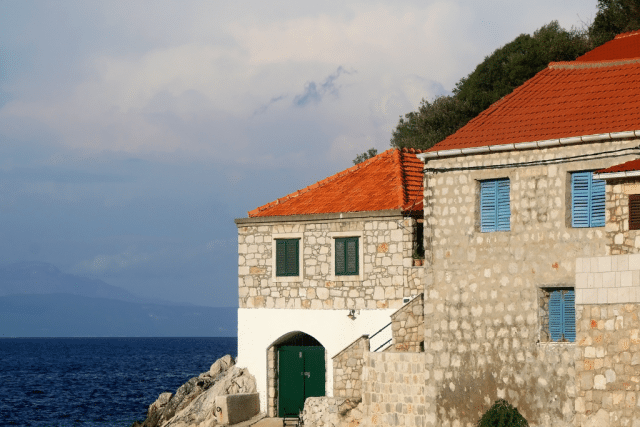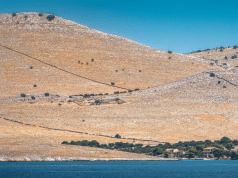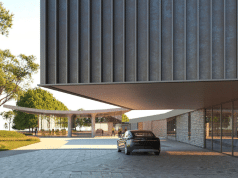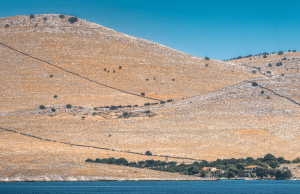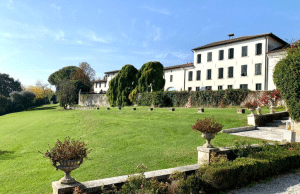Camping is a way of life. For me, camping is the freedom that helps people adopt a responsible approach to nature. I am thus attracted to Robinson Crusoe-inspired camps, where you don’t have to travel like a camping heavyweight.
Decades ago, the paraphernalia of a zealous tent traveller were short pants, a solid gas cooker, a set of foldable chairs and utilities for creating shadow and a cool breeze, paired with a tent and sleeping bags. Above all, goodwill and good company were the essentials.
However, decades have passed, and the Adriatic is slowly morphing into the epicentre of climate change. Visitors are acutely aware of that, as their favourite canvas is changing right before their eyes. When camping in Croatia in 2023, the first concern is observing the national TV’s weather report. The weather forecast is your morning companion and your evening protector. An experienced traveller today knows several techniques to tie a knot and set up a tent so it does not get blown away. Iron tent pegs that could support the weight of a car help put the tent in place. The Beaufort scale has become our close friend. We know now that more than 3 Bfs could mean a grave weather situation (the Bf scale goes up to 12 Bf). When leaving the base camp, we carefully removed all objects that were not there before. Indeed, camping has become an adrenaline sport that is not for every taste. You can easily find yourself amid the extreme weather conditions I experienced this year in one of the most beautiful camps in the Adriatic, which I name Kampinski Ladesta (Kamp Zaglav, Lastovo).
Kampinski Ladesta image 1: Tropical nights
The charm of sleeping under the stars was often associated with a pleasant breeze overnight. It was once delightful to tuck oneself in a sleeping bag and listen to the waves crashing on the rocks. This year’s heatwave, however, brought unbearable heat and humidity. The temperature did not drop below tropical 27° Celsius. It lasted over ten days, unlike in previous years when heat waves lasted for a day or two. Climate change has made heat waves ever more distinct. Will all of us who camp have to move north into colder regions?
Kampinski Ladesta picture 2: Invasion of wasps and hornets
Heatwaves impact all living beings. Wasps, hornets and bees are no exception. My local confidante at Podanje Farm explained what was happening in simple terms. Wasps are simply thirsty and restlessly seek water. They find it in bars, camps and anywhere near human life. The humidity and high temperatures render them irritated. Whenever they feel endangered, they sting and let out hormones into the environment, which triggers aggressive behaviour in other surrounding bugs and insects. That is why they were found in such great numbers this year. Everything is connected in nature, right?
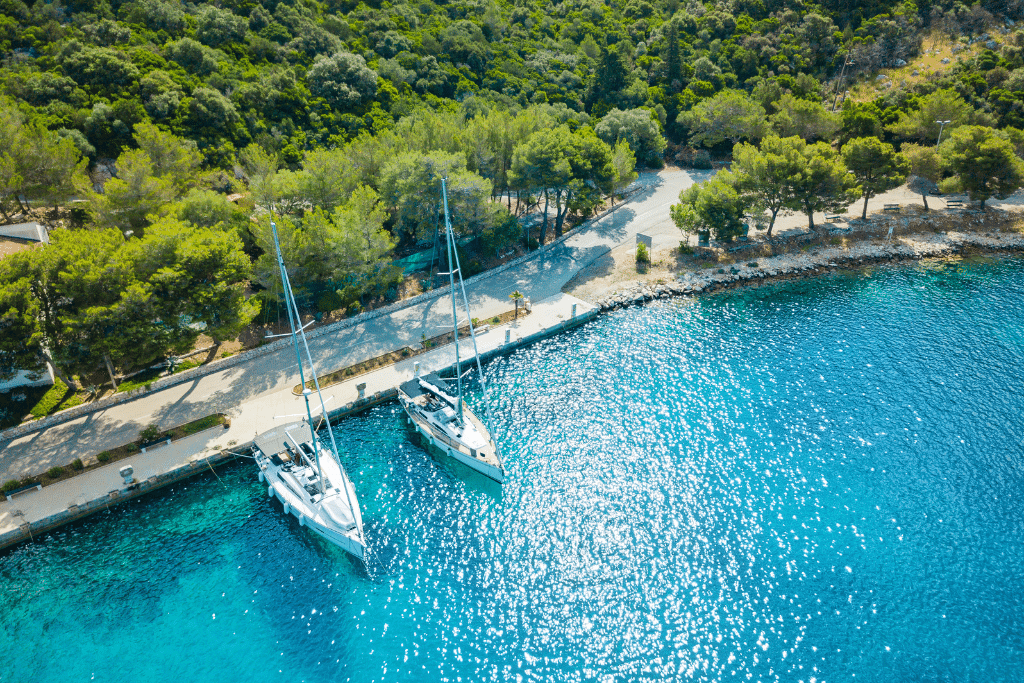
Kampinski Ladesta picture 3: Extreme storms
Nimbostratus clouds suddenly descended upon Ubli from Korčula island. The radar forecast showed we only had ten minutes to pack all our gear. First, wind and heavy rain shook the car we had resorted to. For twenty minutes, night descended on the island, bringing extreme rainfall. We were lucky to avoid the hail that had ravaged Lastovo town, 11 kilometres away. The red alarm will be sounded more often in the Adriatic, too.
Kampinski Ladesta picture 4: Extreme jugo wind
The summer jugo wind used to blow in the winter months for short periods. That seems to be changing too. The summer jugo, lasting for several days, is relentless, bringing extreme thundering and cracking that will make you scramble out of your tent and into the nearest safety. The thought of jumping head-first into the overheated tropical sea is unappealing.
Kampinski Ladesta picture 5: Warm sea and jellyfish
Once, the Adriatic Sea was considered unusually warm when the temperatures rose above 25° Celsius. This year’s temperatures averaged from 27 to 29° Celsius, which is too high for me. I assume they are a consequence of the heatwave, which lasted nearly three weeks. Perhaps the warm sea also attracted jellyfish to this paradise island. My close encounter with them ended with a burning mark on my right leg.
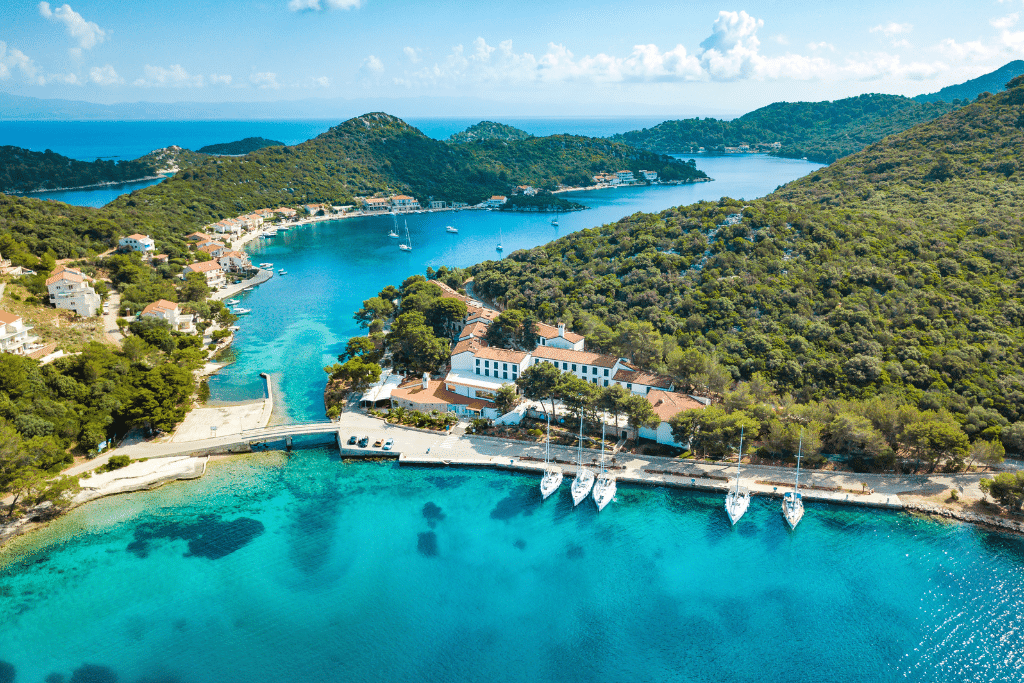
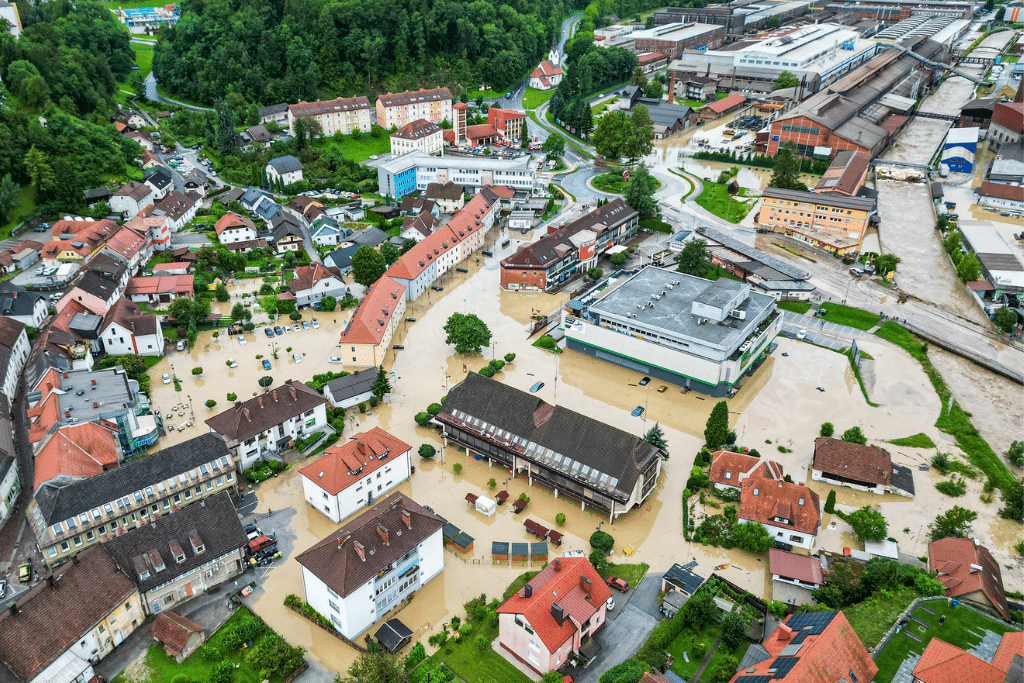
What does this mean for event organisers?
We must start understanding the severity of climate change. Still, I came across climate change deniers even in Lastovo, where nature dictates island life. The humble local self-sufficiency and development on the island depend on nature here. Scientists predicted extreme weather some time ago. It seems we did not take the warnings seriously enough. Even though nature seemed to have recuperated and regenerated itself in the corona period, this summer season has shown that was merely an illusion. Following the revival of the economy in the post-corona period, greenhouse gases skyrocketed. Impotent politicians sadly do not have the skills to react to current problems, as the war in Ukraine showed.
I am puzzled about what all this means for event organisers. Are we aware of the repercussions? On ICCA’s ranking of the best European destinations, four major Mediterranean destinations make the top ten (Spain, Italy, France, Greece). Turkey and Croatia make the top twenty destinations. Unsurprisingly, the Mediterranean is a popular destination. Yet, for how long? When will event organisers start hosting their events in areas where the climate is more stable? Will they host their event in the Czech Republic instead of Croatia? Will any insurance company be prepared to offer insurance for an outdoor event happening in the epicentre of climate change? If so, will event organisers cope with the pressure? Will we experience climate refugees and refugee events that will move north into more stable areas where seasons are more predictable? The notorious 42nd north parallel will divide the world in two. Below it, wildfires, heat waves, hurricanes, droughts and floods will ravage the area. Above it, event organisers will find a new event haven.
Undoubtedly, the constant growth in the consumption of natural resources has brought modern civilisation to the brink of extinction. The Earth Overshoot Day is a testament to that. This year, it falls on 2 August, a symbolic date, just before the Slovenian Armageddon. Earth Overshoot Day is a date that marks when humanity’s demand and consumption of natural resources exceeds Earth’s biocapacity. In Slovenia, the Overshoot Day happened on 18 April, while in less-developed Albania, it will happen on 3 November. We must understand that 60% of Slovenia’s environmental footprint comes from burning fossil fuels and greenhouse gas emissions. To reach the goals of the Paris Agreement, we would need to move the date by 19 days per year in the next seven years. All of the mentioned reminds us that the time to act is now. Event organisers should realise that too. We are amid a tumultuous, dangerous, and uncertain epoch marked by increased militarisation and military conflicts.
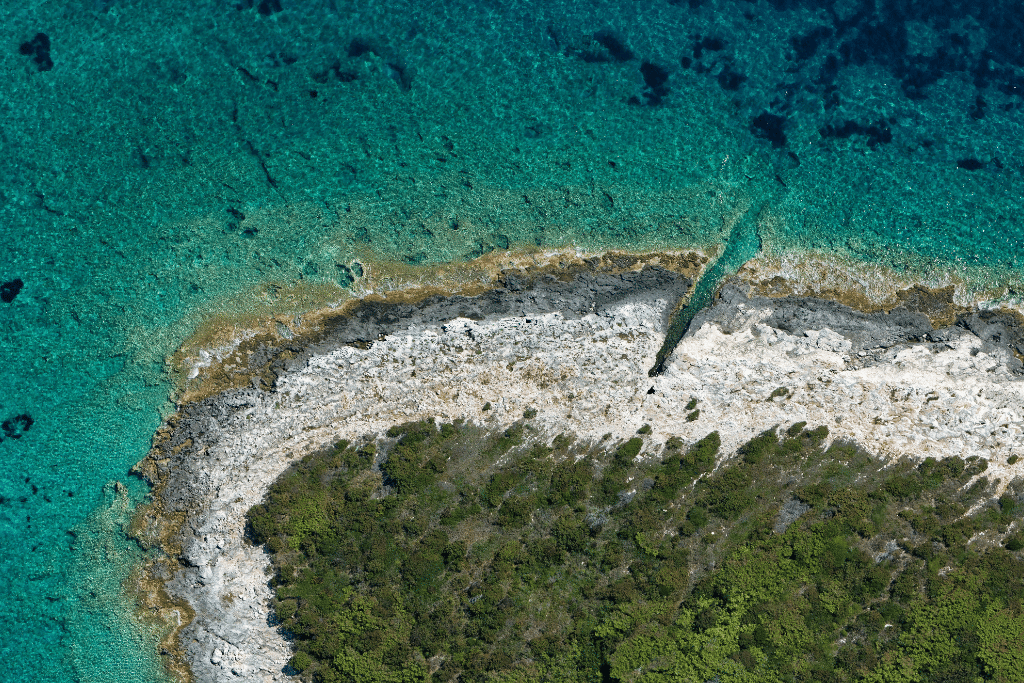
Hence, we must start planning our vacations, events or life in general in advance and, most importantly, responsibly to society and the environment. We must live in a harmonious balance with nature. I tried to find such a balance and found it on Lastovo Island. “No man is an island, entire of itself; every man is a piece of the continent, a part of the maine”, wrote Ernest Hemingway. Upon every visit to Kampinski Ladest, I carried this thought with me. This year, nature on this paradise island issued a high bill. I cannot begin to imagine the scale of damage caused by the floods in Slovenia. We must not underestimate the situation. I hope we can learn something from the happenings this summer. Event organisers will also have to pay a high bill. I wish all the best to my colleagues who had to cancel phenomenal events and festivals scheduled this past week in Slovenia.
In any case, the meetings industry has a challenging task ahead. We must significantly reduce the use of energy, materials and environmental and social resources at events. In addition, we will have to consider the bearing capacity of the environment and ecosystems without endangering future destinations. We must build a regenerative, sustainable and inclusive meetings industry. Less is more, right?
Author: Gorazd Čad


